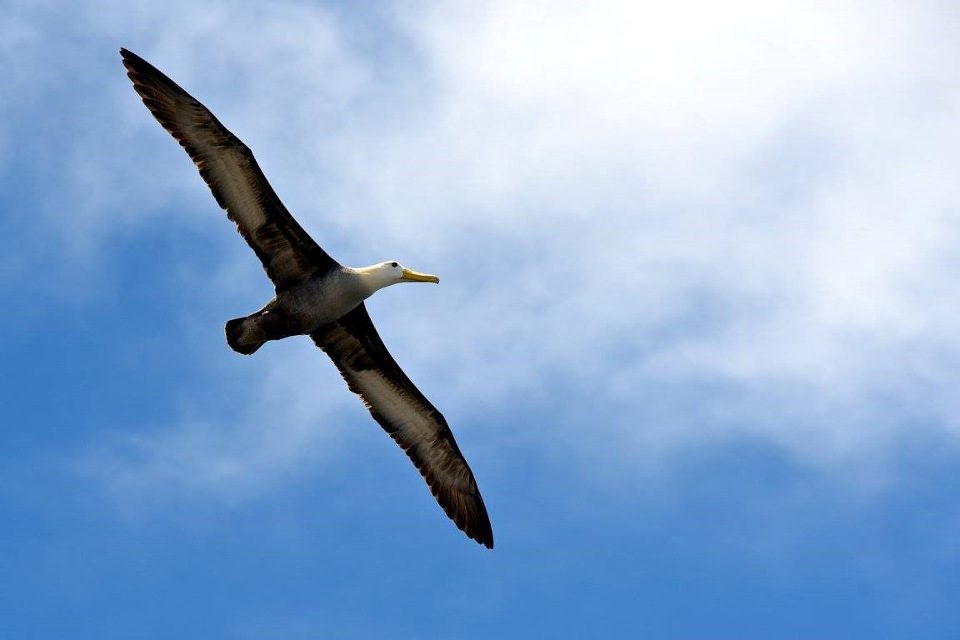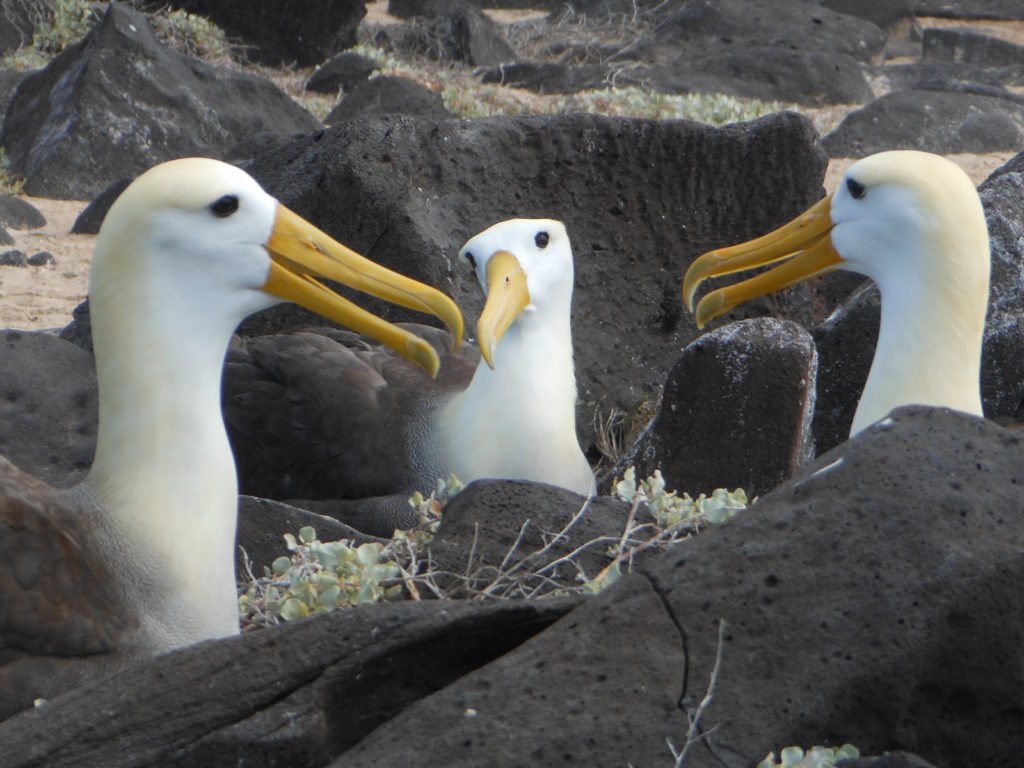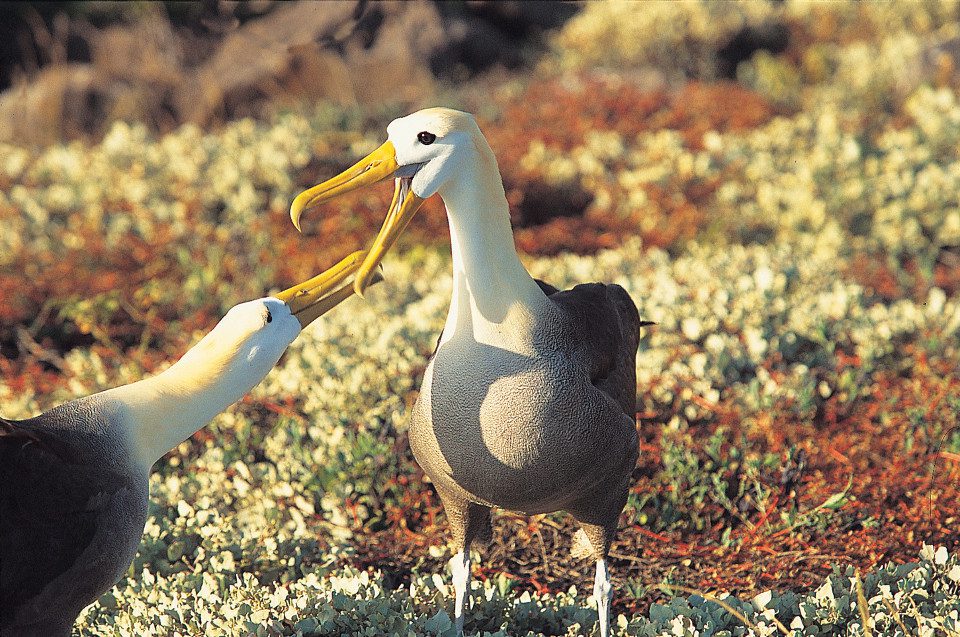When it comes to seasons in the tropics, most of us were taught that there are none. But such teachings couldn’t be any further away from the truth when it comes to a place as unique as Galapagos.

While the archipelago is geographically equatorial, two very distinct seasons are at play here throughout the year. This is also why, when asked about the best time to come, we always answer by saying that the only “bad time” in the Galapagos is when you aren’t here. What triggers the climate in Galapagos is the presence or absence of winds. Around late-December/early-January, the winds pretty much cease and, gradually, doldrums take over. It isn’t until later on, around April, that the winds return and the cooler/dryer weather takes over the islands.

Wildlife uses weather patterns to match up the best environmental conditions with their reproductive needs. The definition of best environmental conditions is quite simple: it all has to do with elevated food availability, adequate nesting habitats, and other incremental alterations in the environment that trigger hormonal changes. These hormonal changes manifest themselves in physiological and behavioral alterations. This dynamic is a big reason for why these highly islands can be visited at any point throughout the year. While conditions may change, they don’t never necessarily ever reach extremes (these types of stark contrasts only occur at different latitudes).
TALK TO A DESTINATION EXPERT

Diego Zapata

Rosa Mena

Sandy Lara

Diego Zapata

Rosa Mena

Sandy Lara
So, the answer to the question “Do species stick around the Galapagos Islands?” is YES, all of them do… except for one.
Every year, as soon as the hot season has fully set in, the Galapagos Albatross – the largest sea bird in the islands and a member of our BIG15 – pack its bags and heads for the cooler southern ocean. They don’t migrate out to another continent or oceanic islands, but instead follow the nutrient-rich waters and wait for the winds to gradually return to Galapagos. The last individuals will be seen around the first week of January, and then it’s Au revoir! until the first days of April. And guess what? Earlier this week, we saw that the first albatrosses for this season officially landed on Española Island – the only piece of land that they call home.

Our Destination Experts can gladly accommodate your trip so you can see the famous Galapagos Albatross!
In terms of what itinerary brings you to the haven of Española Island, well Yacht La Pinta delivers a great selection of islands and visitor sites. It runs from Thursday to Monday, and it also explores top islands like South Plaza, Santa Fe, and San Cristobal.

Javier Garcia

Eduardo Silva

Carolina Escobar
START PLANNING YOUR TRIP

Javier Garcia

Eduardo Silva

Carolina Escobar
Get in touch for more
CONTACT US
And while it may seem like albatrosses are the iconic species for this itinerary, keep in mind that there are other equally iconic species that are quite stunning too, such as land iguanas, giant tortoises, colored marine iguanas, and all three species of boobies. For sure, a very revealing trip. Also, this particular region of the islands holds the largest marine biodiversity of the archipelago. Landscapes experienced along this itinerary are also perhaps some of the most varied due to the variety of their geological age. From a geo-tourism perspective, this itinerary is certainly one that will keep you busy documenting the stunning visual components of this trip.
Text, Photography & Video Clips by Francisco “Pancho” Dousdebés – Galapagos Expert
Sullivan Bay, San Salvador (James) Island – GALAPAGOS, April 18th, 2018 :: Lat: 0°28′59″ S / Long: 90°56′54″ W


